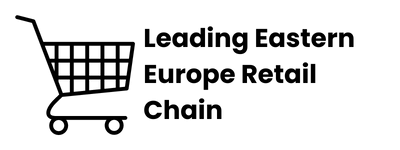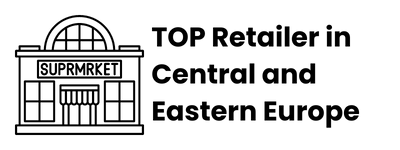Unleash Your Retail Potential
Empower your retail business with powerful analytics suite. Contact us now to experience the future of retail intelligence.
Unveiling the Power of Shelf Performance Analytics: Explore Key Features
Utilize in-store cameras and AI technology for real-time monitoring, ensure planogram compliance effortlessly, scale monitoring across retail chain stores, drive business decisions with tailored reports, and receive instant customizable alerts.


How It Works?
Discover the seamless process, leveraging in-store cameras and cutting-edge AI technology to provide real-time performance insights and custom reports.


Vėjūnė Krašinskienė
Chief Operating Officer


